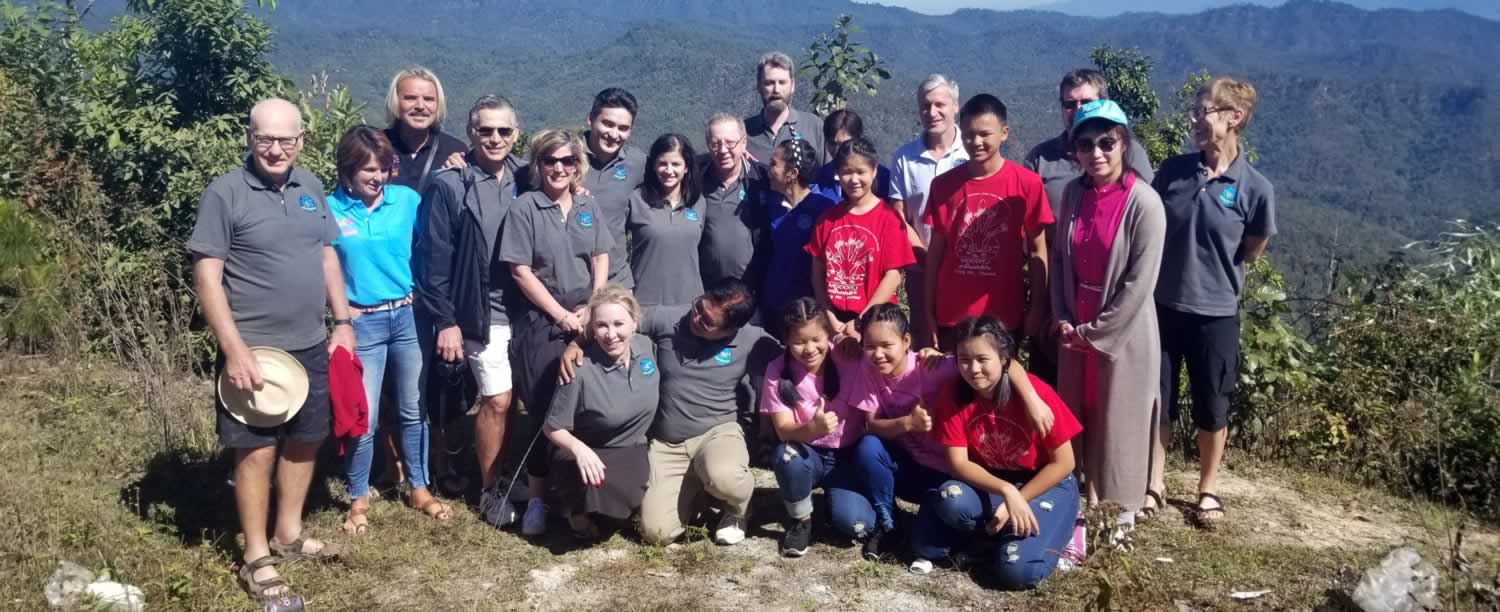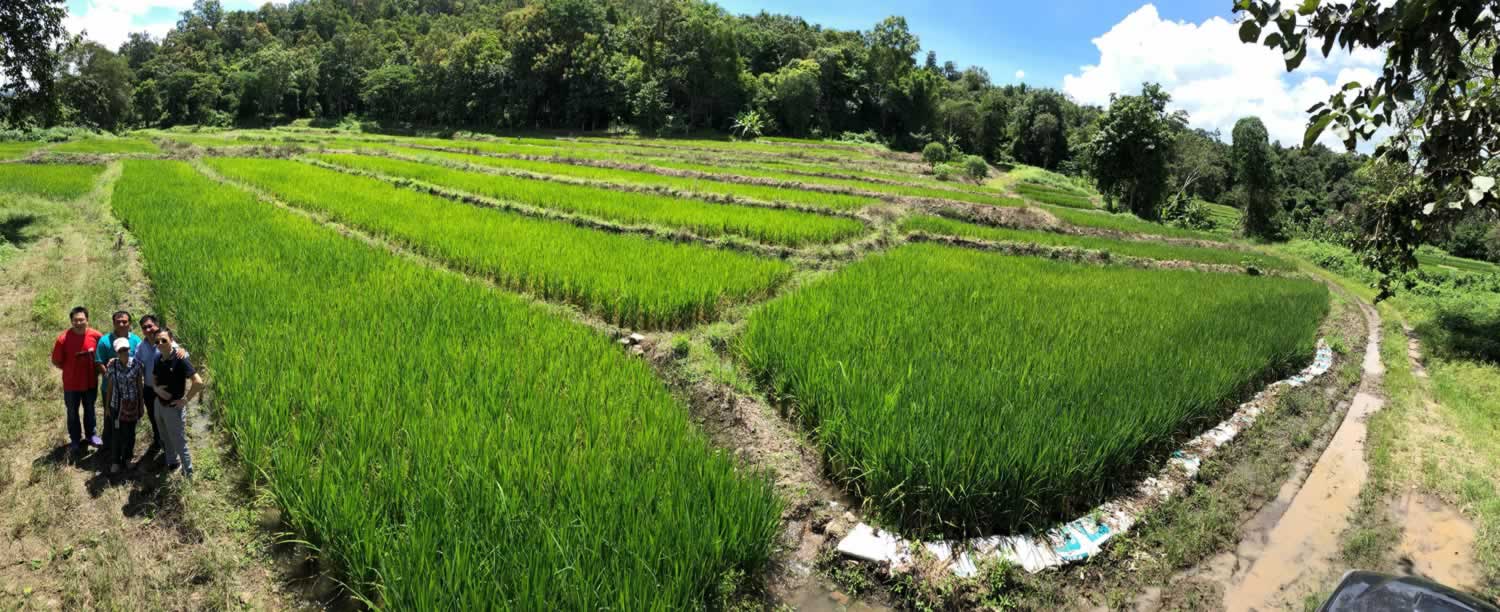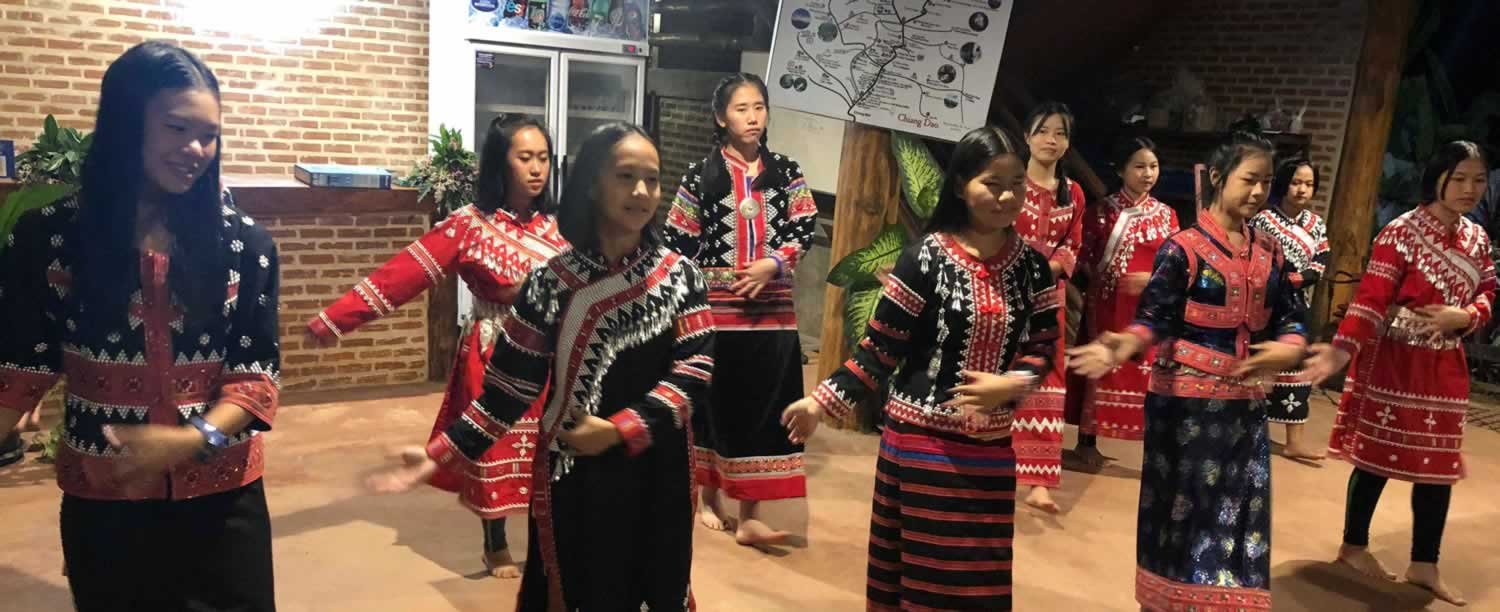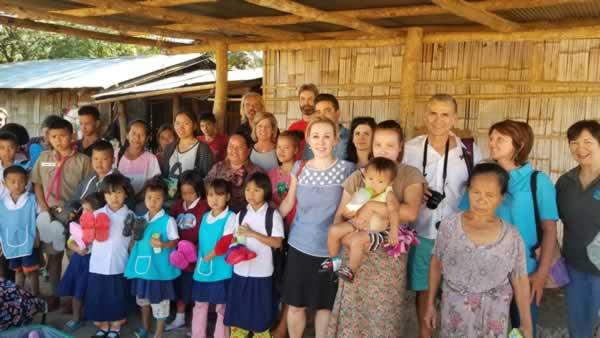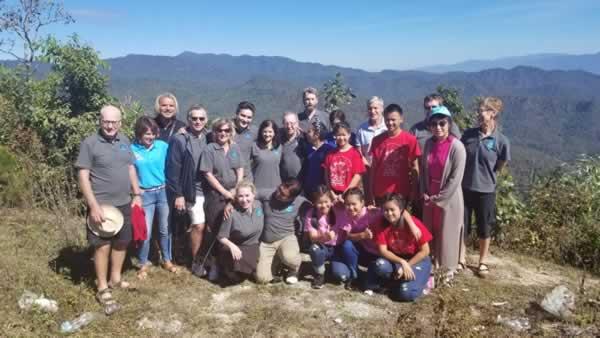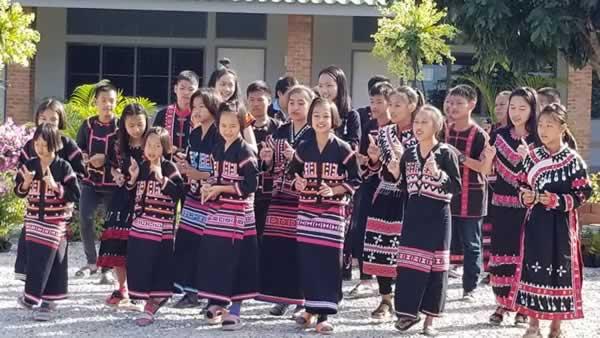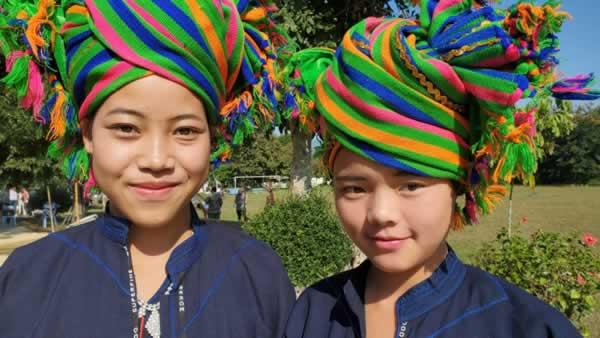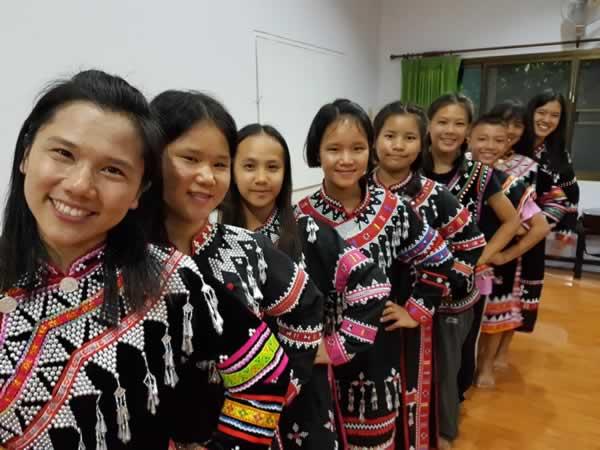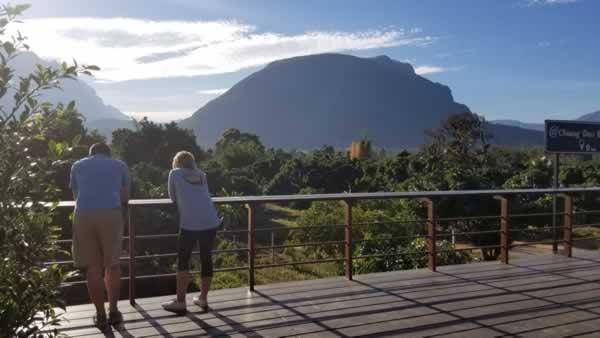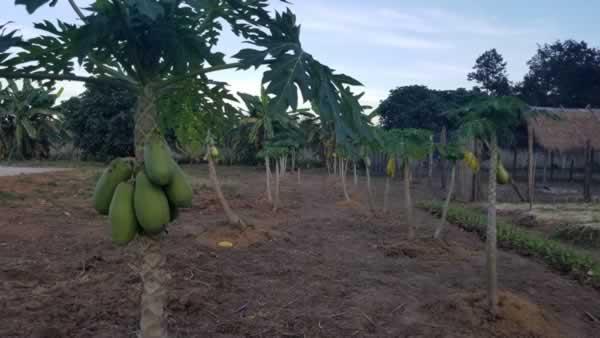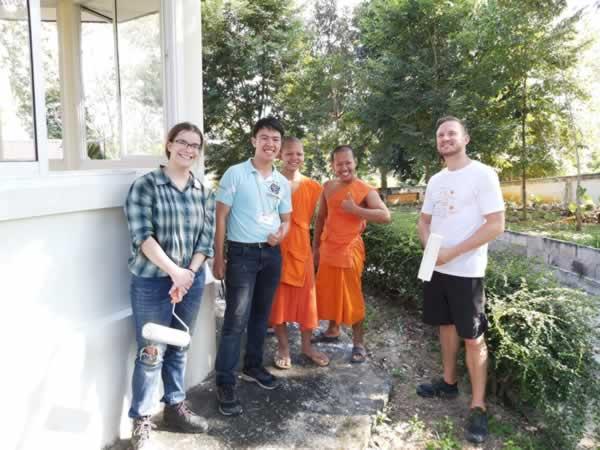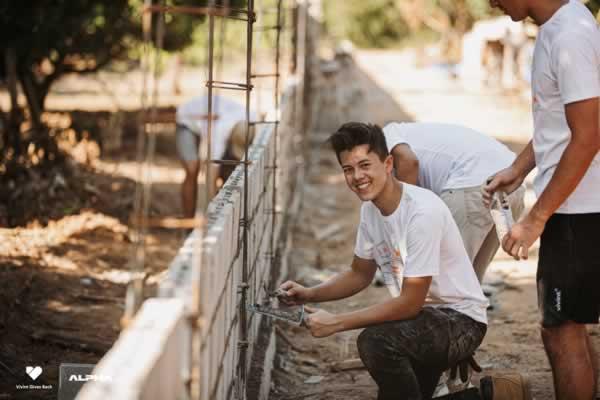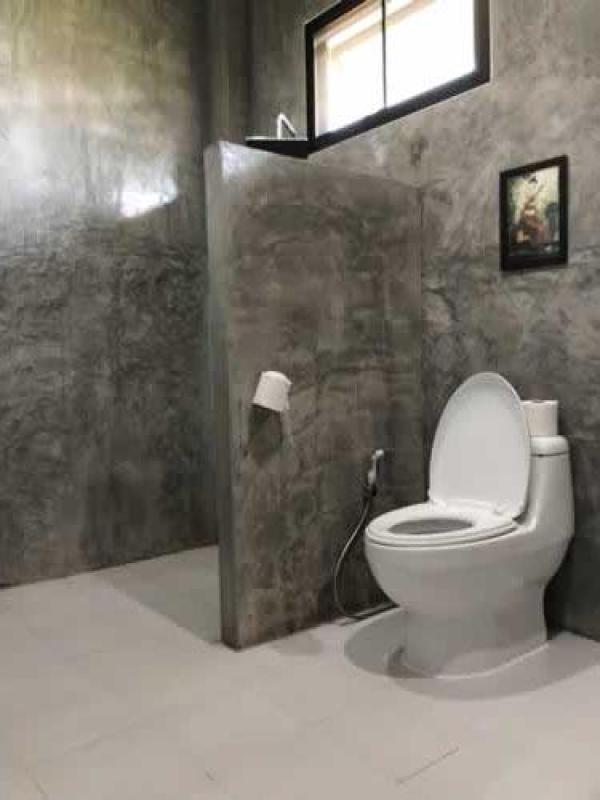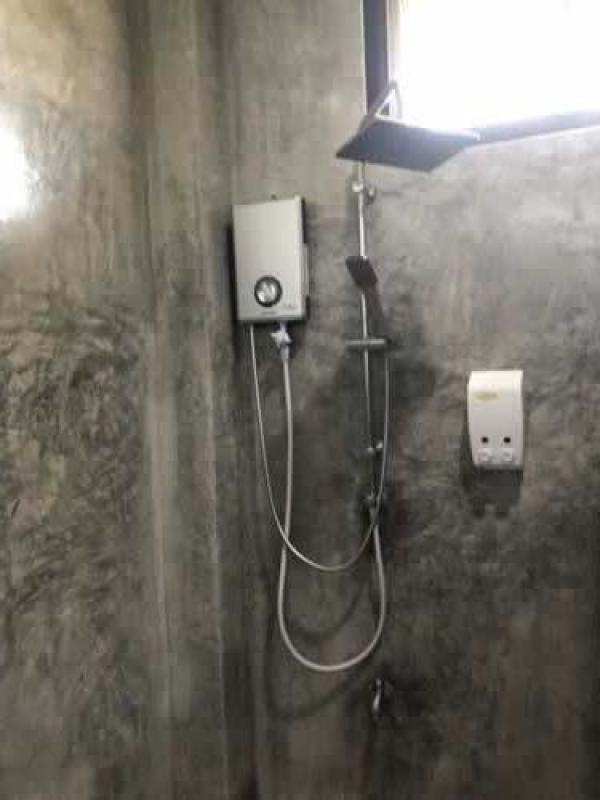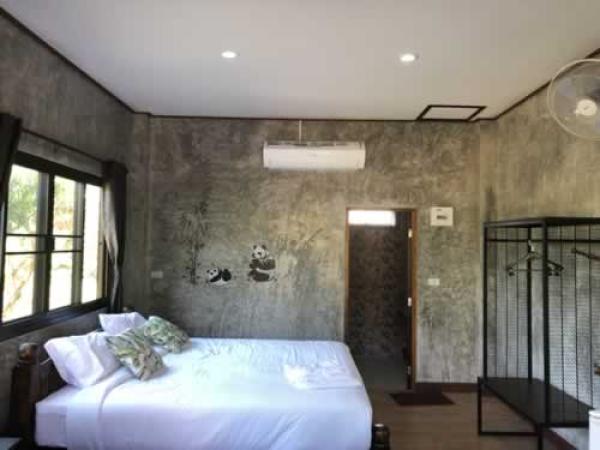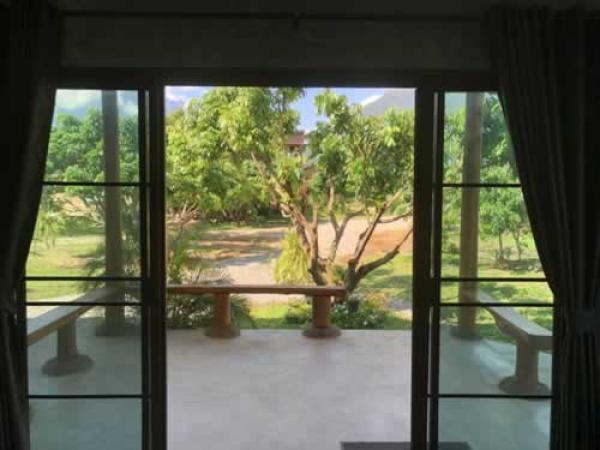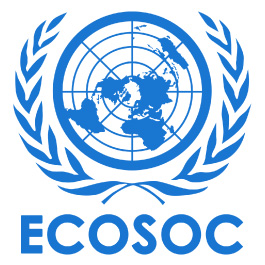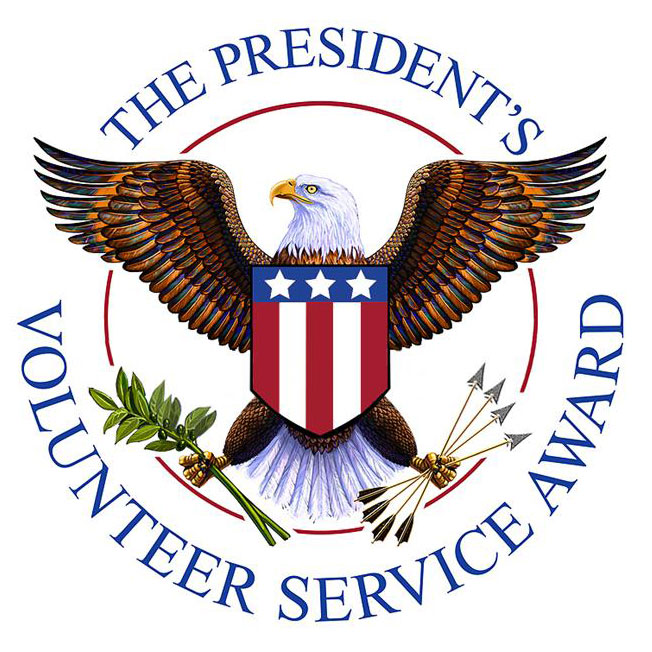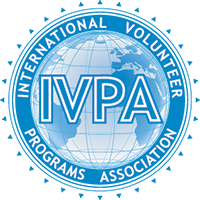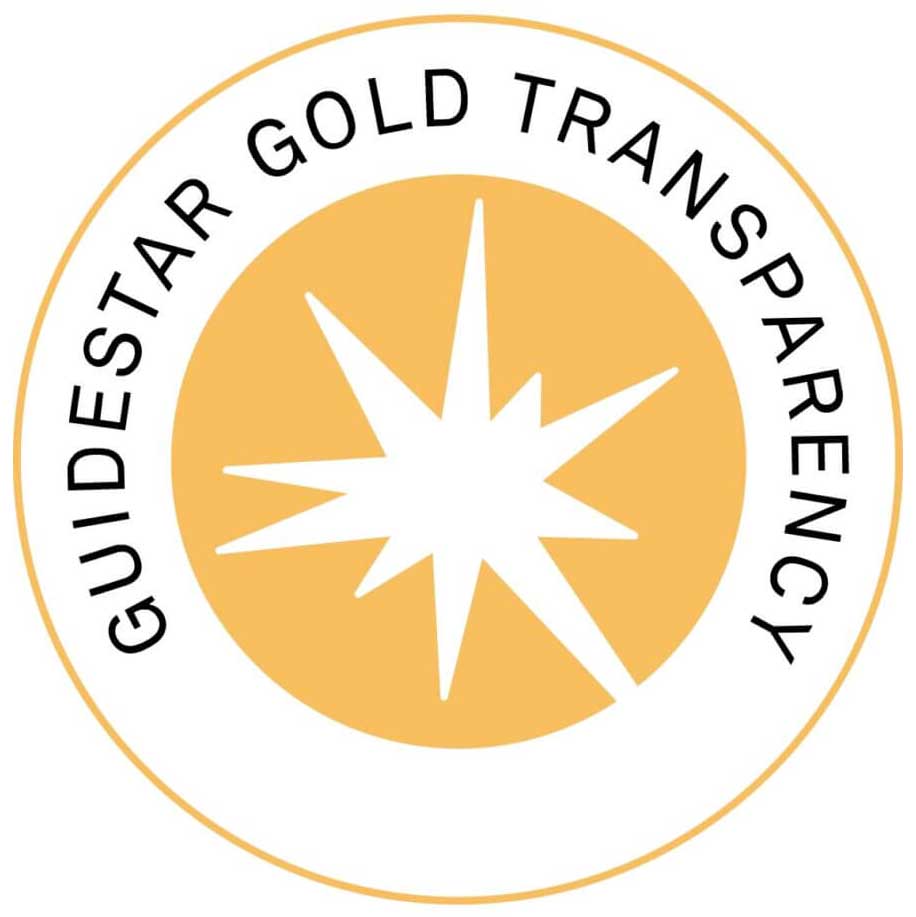Become a special part of our authentic Hill Tribe Community, designed to create a sustainable future for an exploited people
Tourists have been flocking to the beautiful hills of Chiang Mai for decades to observe the beautiful historic temples, enjoy the famous lanna food and markets, see the elephants, and enjoy a bit of a respite from the heat of Bangkok and the beaches. Lying a couple of hours north and east of the city center, in the foothills of Myanmar, beyond where most tourists and visitors ever go, hill tribe people vulnerable to myriad exploitations live full of heart and hope. Please come and volunteer with us and see what a difference you can make. The hill tribe people are welcoming and respectful. A trip to the hill tribe communities is likely to be the experience of your life and we guarantee it will be life-changing.
Work Project
The hill tribe people live in remote areas scattered across Northern Thailand with little or no access to education. Many fled from conflict in Myanmar or other surrounding countries. This lack of education makes the hill tribe children prone to poverty and vulnerable to exploitation within Thailand's ubiquitous sex and drug trade. Those who can get an education grow up able to take much better care of themselves, their families and their community. At this program location, we are working with 350-400 rural communities that cross to Sub Mekong region countries. Hill tribe communities we work with include Lahu, Akha, and Karen.
Globe Aware works with local and international organizations to support community health, education, sexuality and relationship education. UNICEF estimates that the number of children under the age of 16 working in the sex industry in Thailand is in excess of 50,000. Many of these children come from impoverished hill tribe communities. It is rare for hill tribe people to attend school, and even rarer for them to continue at secondary school. Education is vital and every child in our care goes to school every day. We support young hill tribe people who live in rural areas far from schools by helping housing in various locations during school semesters (ten months of the year). We ensure that these young people have access to education at the local school and that they have a safe place to stay, with access to food and healthcare.
At our primary work project site, volunteers will have a variety of projects to support these kids. We are currently building chicken coops and a fish pond and setting up new vegetable gardens alongside the students. This is the primary source of food for the 73 kids on site (housed separate and apart from volunteers). We have a constant list of related projects, from harvesting mushrooms, gathering eggs, helping cook in the kitchen, making repairs to the accommodation, helping teach English pronunciation and colloquialisms for those interested in tourism as an occupation.
Our mission is to enhance the lives of children, youth, women and vulnerable people and to strengthen culture, family involvement and community engagement.
- Promote and educate communities about basic human rights to ensure equitable access to resources from government and private organizations.
- Strengthen families and communities, through self-help groups, to share knowledge and promote unity in their communities.
- Engage community members in educating their children and youth; saving for their future; livelihood development; caring for the environment; and cultural preservation.
Working with donors, local community members and NGOS, we are seeking to ensure that the hill tribe children in our care, mostly of whom are stateless, have a safe place to live, with food and clothing, and access to health care and education. We do this through supporting 7 hostels that house approximately 400 hill tribe children in total. Some do have parents who may be too poor to look after their children, or they may live too far away to access school. Most do not have parents – they may have died from AIDS or because of no access to health. Attending school provides them with the opportunity to move from being stateless to having an official identity in Thailand. This will then enable the young people to gain an education and to have the chance to gain legitimate, fulfilling job opportunities rather than a horrific life in the drug trade or sex industry. UNICEF estimates that the number of children under the age of 16 working in the sex industry in Thailand is in excess of 50,000, and many of those are hill-tribe children. Because most hill tribe people do not have ID, children can ‘disappear’ – this is a complex issue with multi-faceted solutions.
You will also see the self-sufficiency we promote as you see the kids learning about irrigation and helping grow and harvest fruit, vegetables, raising pigs, chicken, and rice. As many of these children do not have Thai citizenship, we assist in this regard too. Gaining citizenship means they will be able to have access to basic services such as medical treatment, and being able to travel freely. Your participation fee goes toward funding all of these programs, from providing housing, food, education to help in getting citizenship.
Food and Lodging
Volunteers are housed in pairs (you can pay a single occupancy supplement of $265 per week if desired) in newly built, Thai style accommodations with air-conditioning, hot running water and flushing toilets. Most have stunning views of the twin mountains. This will be your home away from home and where most of your meals are taken. Traditional and absolutely delicious Thai style noodle and rice dishes, lots of veggies and local fruits, bottled water and regular tea and coffee is provided. You can purchase alcohol or fancy cappuccino style coffee at extra cost.
SAMPLE THAILAND HILL TRIBES ITINERARY
Leisure Activities
During the week you will be presented with 3 to 4 planned but optional cultural/leisure activities: watch (and participate if you like) as the girls do a traditional hill tribe dance and musical performance, visit natural nearby hot springs, learn a bit of Thai cooking, explore caves, visit local temples, get a Thai massage, see local waterfalls, give alms to monks and hear them chant, visiting local markets; amongst other possibilities that will require extra booking after arrival (such as rafting or visiting the elephant conservation center.)
Arranging Your Airfare
Plan to arrive at the Chiang Mai airport by 1 pm on Sunday your program begins. You will be picked up at 3 pm at the lobby of the Centara Duangtawan Hotel in Chiang Mai by your coordinator and transported to our program site by van, a journey of about 90 minutes. The volunteer vacation program ends the following Saturday; you will be leaving the program site at approximately 9 am, putting you at the Chiang Mai airport by about 11 am.
